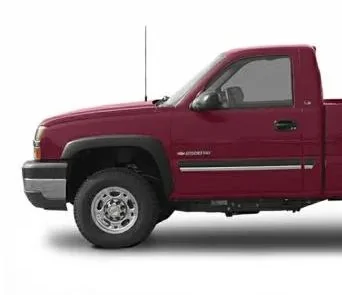- Thread starter
- #31
Yeah, I'm curious too. It has only happened twice, that I have seen. And I'm 99% sure the first time happened when I was stationary. I can't remembered if it rained a lot or I sprayed it with a garden hose. This is also the first time I have some type of coating on the car that allows water to collect that way and all dump into the front grill.That’s an interesting theory but I would like to know what about the grille shutters opening or closing would cause this to happen.
To the OP, I don’t think there is anything to be concerned about here but it would be nice to understand what is happening.
When it's time for me to wash it again, I'll spray down the front grill/hood and see what happens.
Sponsored

